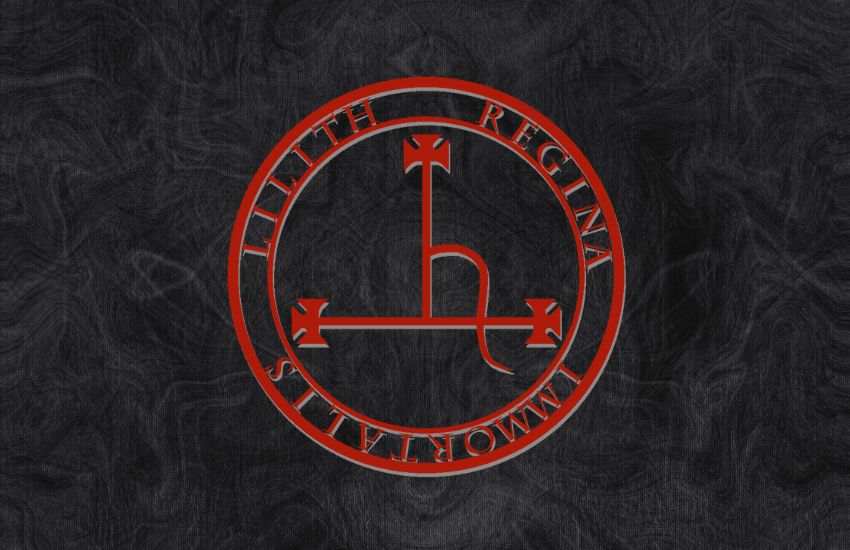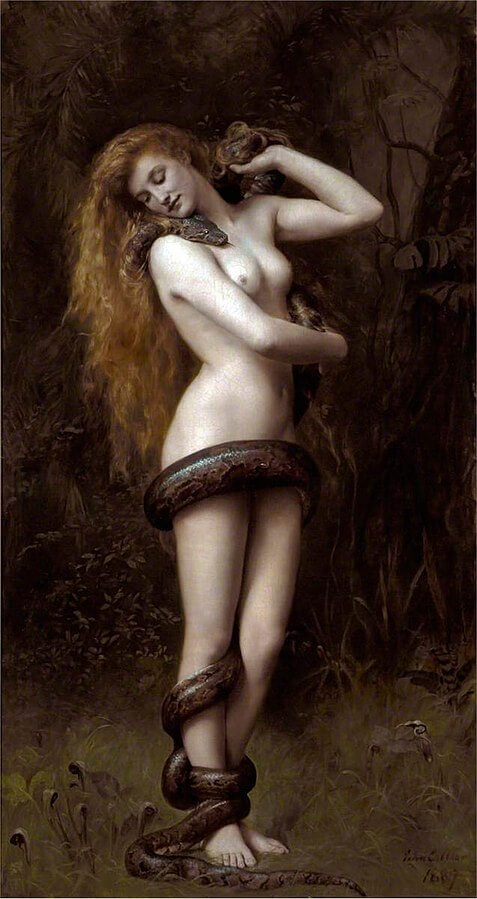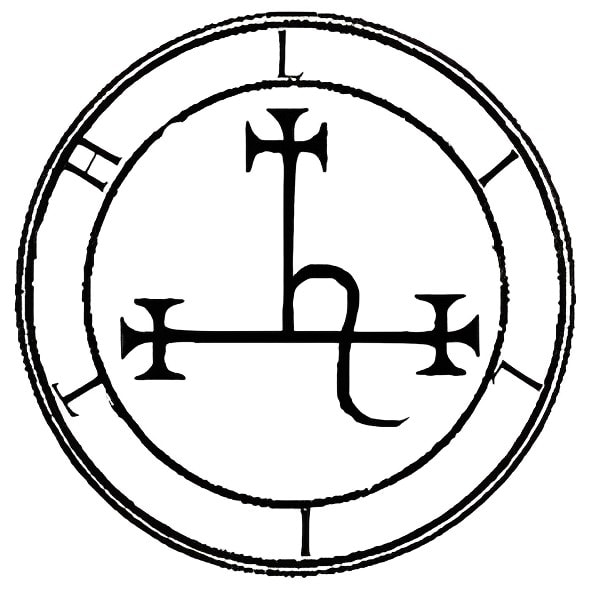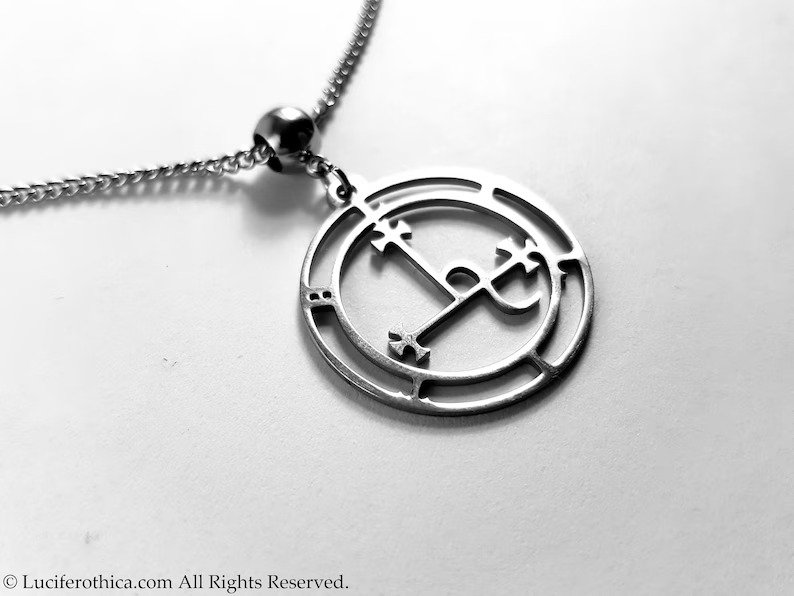
Table of Contents
In most mythologies, the Goddess Lilith is represented as a demon who defied god and left the garden of Eden. But today, she’s often seen as a symbol of female empowerment. Because of this, Lilith’s sigil carries both negative and positive connotations, depending on the context it’s viewed within.
Let’s take look at the sigil of Lilith, what it represents, and why it’s more complex in its symbolism than most other demonic sigils.
Who Is Lilith?

To understand her sigil, we have to first understand Lilith. Often described as the first woman before Eve, Lilith’s lore originates from ancient Jewish traditions. She is said to have been Adam’s initial partner, created from the same earth as him.
However, she was unwilling to submit to Adam’s dominance and so she chose to leave the Garden of Eden. Lilith said, “We are equal to each other inasmuch as we were both created from the earth.” Lilith didn’t want to be second to Adam; she wanted to be his equal. Today, we would consider this a noble act of defiance. But in the ancient context of this story, her act of defiance against established patriarchal norms positioned her as a symbol of chaos, disobedience, and danger.
And so, Lilith was portrayed as a demon and was perceived negatively. She was branded as a rebellious and dangerous figure. This portrayal was further darkened in later Jewish, Christian, and Islamic texts where she was associated with the death of infants, seduction, and other malevolent deeds.
What Does Lilith’s Sigil Look Like?

As a demon, Lilith too was attributed a sigil, symbols that represent the demon or entity it corresponds to. The sigil of Lilith is a powerful emblem that represents her essence.
The sigil features an arcane symbol set within two circles, with the letters of her name surrounding the symbol. We don’t really know what the symbol represents, but some believe that it appears to resemble a pointed, looped line, and is a stylized version of the letter/letters of Lilith’s name in the script of the Theban alphabet.
This is a writing system that was used as an alternative to the Latin alphabet. It was popular among early occultists and Wiccans. The design is simple but distinct, making it recognizable to those familiar with it.
Traditionally, sigils are used in ceremonial magic to invoke spirits. When it comes to Lilith, her sigil has been employed in modern esoteric practices, especially within left-hand path traditions, to call upon her power or seek her guidance.
Modern Adoption and Interpretations

In contemporary times, the sigil of Lilith has been adopted by many who resonate with her story. Feminists and proponents of women’s rights see Lilith as a symbol of resistance against patriarchal norms, and her sigil has been used in this context as a powerful emblem of female empowerment.
No longer is she seen as just a demon, but rather, as a wronged woman and the first feminist. After all, she did stand up for herself and demand respect and better conditions.
But more than this, those who practice modern witchcraft or are involved in the neo-pagan movement often incorporate the sigil in their rituals, spells, or as protective amulets. It serves as a potent reminder of Lilith’s strength, independence, and unyielding spirit.
Wrapping Up
The sigil of Lilith, while rooted in ancient lore, continues to find relevance in modern times. Whether seen as a symbol of feminine power, a tool in esoteric practices, or a reminder of an ancient tale of defiance, the sigil stands as a testament to Lilith’s enduring presence in cultural and spiritual narratives.
Delving into its design and story not only offers a glimpse into ancient beliefs but also provides a mirror reflecting contemporary interpretations of power, resistance, and identity.
Related articles
Lilith – Demonic Figure in Jewish Folklore
What Is the Sigil of Asmodeus? Design, Meaning, and Mystique
Every Demon in the Ars Goetia: The 72 Demons of Solomon
Lesser Key of Solomon: The Ancient Grimoire and its 72 Demons








